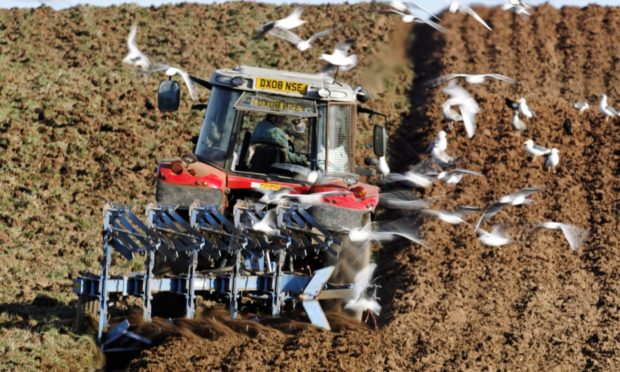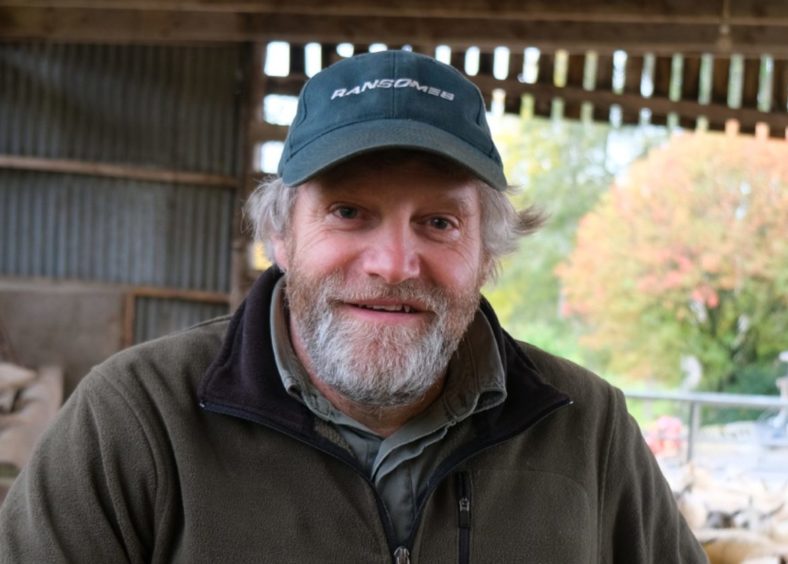Farmers’ unions in Scotland and England say the agricultural industry should have access to gene editing (GE) techniques to protect crops and animals and help deliver on net zero targets.
NFU Scotland (NFUS) and the NFU south of the border were responding to the UK Government’s consultation on future regulation of GE, a technology which doesn’t introduce foreign DNA into an organism but instead speeds up conventional breeding.
The unions believe GE should be regulated in the same way as conventional plants and animals and not under the same system as Genetically Modified Organisms (GMOs)
NFUS president Martin Kennedy said: “Plants or animals bred using GE techniques do not pose any greater threat to the environment or human and animal health than those created using conventional techniques.
“Farmers have to take account of changing technology as in every other industry. Without access to the best science our ability to meet the challenges facing the agricultural sector are severely damaged, as is our competitiveness.”
Mr Kennedy also pointed out the implications for internal trade with England and the EU if there was a division in regulatory processes.
Plants or animals bred using GE techniques do not pose any greater threat to the environment or human and animal health than those created using conventional techniques.
Martin Kennedy
The NFU’s vice-president, Tom Bradshaw argued that farmers should have the choice to access “the best tools available to enable a resilient and innovative British farming industry”.
He added : “We believe gene editing could help address pest and disease pressures in our crops and livestock, increase resilience in the event of extreme weather, as well as reducing our impact on the environment through a more efficient use of resources. This would support our ambitions to become net zero by 2040, allowing farmers to farm sustainably and profitably.
“We recognise that gene editing technology on its own will not be a silver bullet and if the government is to make a success of gene-editing, the regulation must be fit for purpose and robust. It needs to be based on robust science, enable diverse and accessible innovation, empower public sector research organisations to drive development and allow investment in products for the UK market.”

